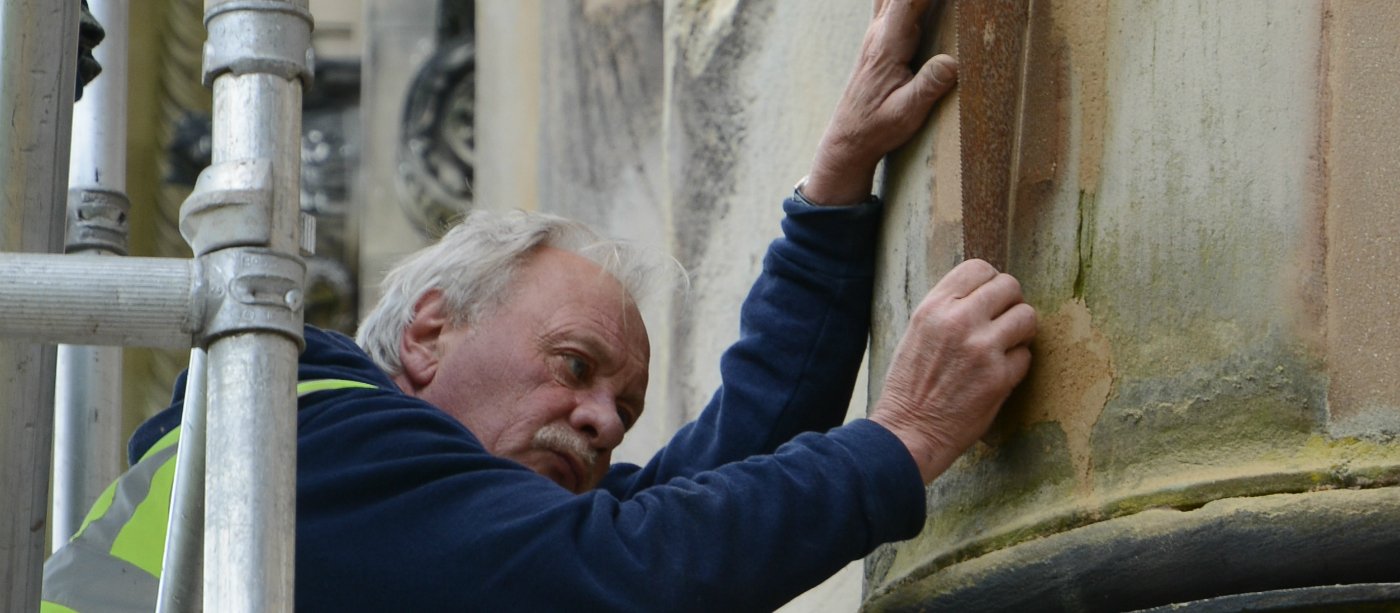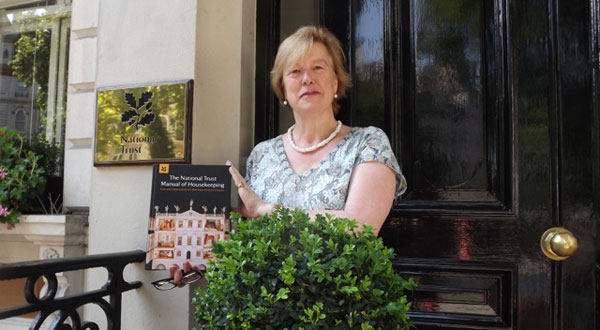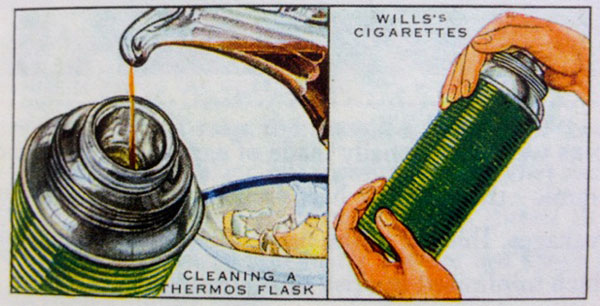Many Royal Oak members will recall meeting journalist and historian, Tessa Boase, who traveled through the US revealing the stories she uncovered in her research about the upstairs, downstairs culture in Britain’s finest country estates. Tessa has agreed to share her stories here on Royal Oak’s online AngloFiles Magazine. If you’d like to learn more about Tessa’s research, you can purchase her book ‘The Housekeeper’s Tale’ from her website.
By Tessa Boase
Nothing is more damaging to a historic house than modern cleaning materials. And no-one is more vigilant about chucking them out than Helen Lloyd, ‘Head Housekeeper’ to the National Trust.
When Helen joined the Trust 34 years ago she set about introducing a more conservation-minded approach to housekeeping. Back then, properties were looked after and cleaned by a band of house-proud, loyal women with a cupboard full of modern cleaning products. Through over-zealous cleaning they were eroding the historic surfaces.
‘I’ve spent much of my life throwing out tins of Brasso, Pledge and Mr Muscle’, says Helen. But without specialist advice, no-one knew what to use in their place.
‘A lot of traditional housekeeping practice got lost after World War One’, she explains; ‘with servants disappearing, taking work in shops and factories. Soon there was no hierarchy of servants passing on knowledge and experience.’ By the 1970s there was no-one left who knew how to look after historic furnishings in the right way. Big houses were left with small teams of ‘dailies’, doing whatever they’d do in their own home with products like Vim. Then came even more pernicious modern products, designed to do the job quickly and easily – disastrous for fragile historic materials and furniture.
Helen turned for advice to the archives, using sources such as The Housekeeping Book of Susanna Whatman, 1776-1800. Susanna was a Georgian housewife handing over care of her house to a daughter-in-law. ‘Her book contains very precise instructions for closing window blinds against the sun, using brushes to dust carved furniture, removing dust from ledges before it sticks and becomes more difficult to remove, and walking over the backs of rugs to knock grit out of the pile.’
‘Much of it is common sense,’ says Helen. ‘These techniques evolved at a time when water, light and power were scarce. They were devised to be effective and labour-saving.’ Through Susanna Whatman, the National Trust absorbed the surprising lesson that less is more.
The current trend for pared-back, eco-friendly home products has seen old-fashioned cleaning methods enjoying something of a renaissance. Author Lucy Lethbridge – who spent years combing through the archives for Servants: A Downstairs View of Twentieth Century Britain – has just brought out a new book full of quirky tips and insights from the past.
Mind Your Manors: Tried-and-true British Household Cleaning Tips combines fascinating ‘below-stairs’ social history with startling facts and useful hints. Here are some of the gems she un-earthed from the past – methods that would surely meet with approval from Helen Lloyd of the National Trust.
DUST IN TRICKY PLACES: Pressing pieces of sliced white processed bread, screwed into pudgy balls, into the crevices of picture frames or dusty skirting boards picks up deposits of dust that can’t be got at with dusters, fingers or feathers. Also good for cleaning old books: press a wodge of bread over the spine and cover of a book then wipe with a very slightly damp cloth.
TARNISHED SILVER: Never put silver or plate in the dishwasher. To remove tarnish, line a washing-up bowl with aluminium foil, place the cutlery on top, pour on a cup of washing soda (or baking soda) and enough very hot water to cover the contents. When the water stops bubbling and hissing, the silver will be ready to take out and hand wash as usual, then polish.
RUST STAINS ON CLOTHES: Stewed rhubarb, spread over the stain left for a few hours and washed off, is pretty effective. Boiled fig leaves work just as well.
COCKROACHES are particularly partial to cucumber. Leave strips of cucumber on the floor of the kitchen at night and it will send them into a stupor, which makes them easier to stamp on in the morning.
TO FRESHEN A THERMOS put crushed eggshells in it and fill with vinegar. Leave it to stand for a few hours them empty, rinse and dry thoroughly.
Helen Lloyd’s official title at the National Trust is National Specialists’ Consultancy Manager & Preventive Conservation Adviser – Housekeeping (though she prefers her previous rather magnificent title, ‘Head Housekeeper’).






